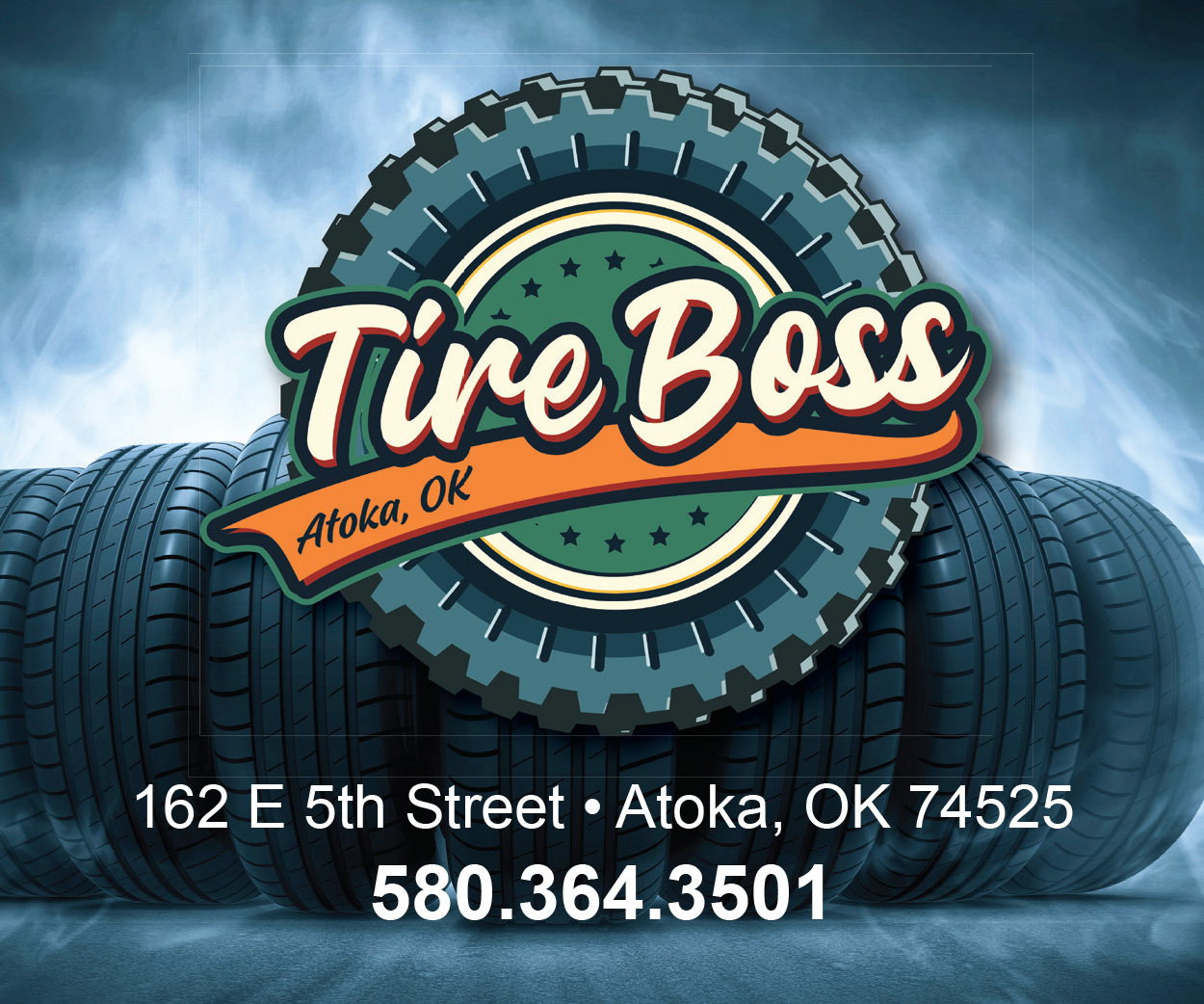It often starts subtly — a slight limp, a hesitation before jumping, or a pet struggling to use one of their back legs. While these signs could indicate temporary soreness or a minor sprain, they may also point to a much more serious issue, a torn cranial cruciate ligament (CCL).
This common injury can significantly affect a dog’s or cat’s ability to walk, run or even stand comfortably. Luckily, there’s a surgical solution that can help restore their mobility — Tibial Plateau Leveling Osteotomy (TPLO) surgery.
Dr. Katherine Barnes, a clinical associate professor at Texas A&M’s College of Veterinary Medicine and Biomedical Sciences, shares the signs of CCL tears, how TPLO surgery works and why choosing the right surgeon is so important.
PLEASE LOG IN FOR PREMIUM CONTENT. Our website requires visitors to log in to view the best local news.
Not yet a subscriber? Subscribe today!










